Instructions for How to Perform a Drawdown
|
A drawdown is a process of comparing two inks by placing samples of them side by side and spreading them across a page. Once spread, any amount of color disparity will be noticeable with the naked eye. One would seek to compare an unknown ink sample with a known ink sample. |
||
|
|
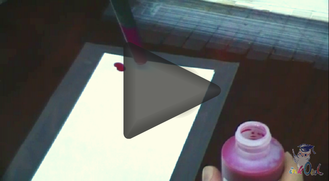
See our instructional video |
|
|
Materials Required:
|

|
|
|
Instructions: |
||
|
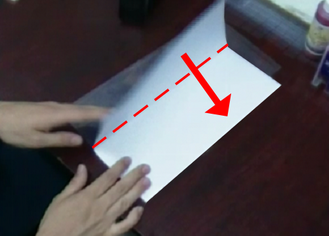
|
|
|
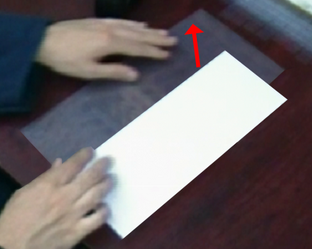
|
|
|
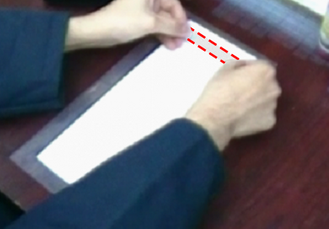
|
|
|
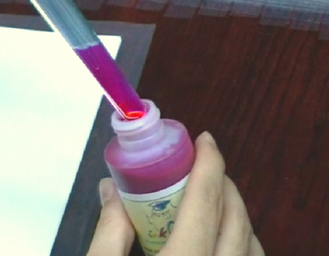
|
|
|
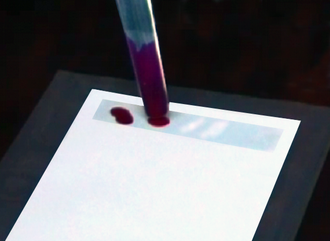
|
|
|
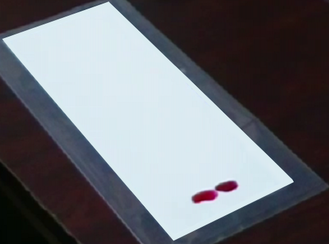
|
|
|
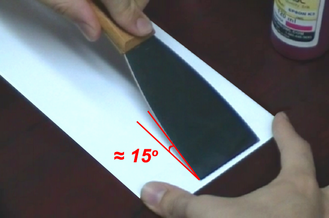 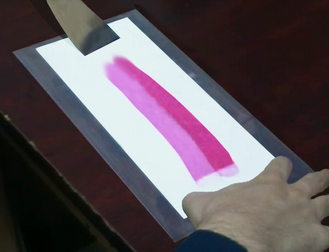
|
|
|
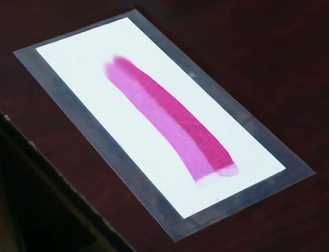
|
|